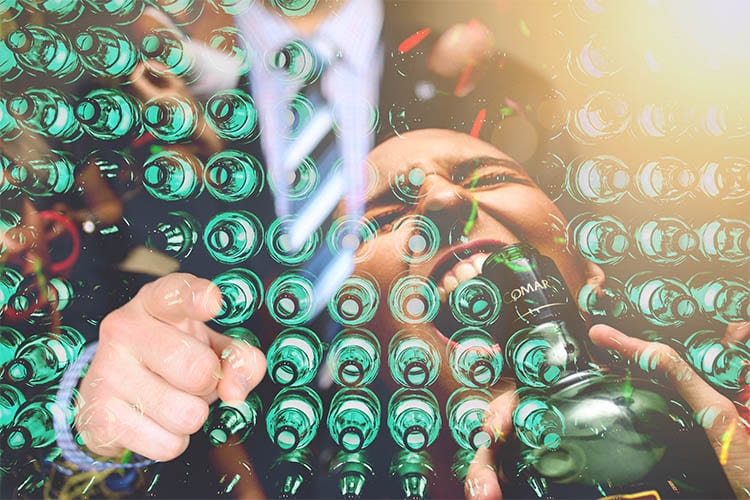Case library
Cases of alcohol industry misconduct from around the world exposing the predatory practices.
A library of all the unethical methods of Big Alcohol – aggressive lobbying, unethical marketing, sabotaging of rules and institutions and much more, all in one place.

Alcohol Industry Not Meeting ‘Responsibility Deal’ Labelling Pledges
In the United Kingdom, alcohol warning labels are the subject of a voluntary agreement between industry and government. In 2011, as part of ...

Contradictions and Dangers in Marketing Alcohol To Prevent Cancer
There is strong and growing evidence of alcohol as a contributing cause of several types of cancer, including breast cancer. Despite this ...

How Does the Alcohol Industry Attempt To Influence Marketing Regulations?
The alcohol industry’s political activity is more varied than existing models of corporate political activity suggest. The ...

Gambling Advocacy: Lessons From Tobacco, Alcohol and Junk Food
Industry funding of, and influence over, academic research was considered to be one of the most effective industry tactics to resist ...

France: Big Alcohol Defeats Child Rights
A decades-old law preventing product placement of alcoholic beverages in France could soon be repealed, Health Minister Marisol Touraine ...

TTIP: Deregulatory Desires Of Big Alcohol
An analysis of how the alcohol industry uses TTIP negotiations to undermine progressive and evidence-based alcohol policies in both the ...

Alcohol Control Policies in African Countries: Opportunities for Improvement
The negative correlation between policy restrictiveness and alcohol consumption among alcohol users suggests the need for stronger alcohol ...

Investigating TTIP: International Trade Law, Health Systems And Public Health
Free trade agreements (FTAs) have the declared aim of seeking to increase global trade and promote economic growth. Historically, economic ...
USA: Big Alcohol Dependent on Heavy Users
Analysis shows how heavily dependent the alcohol industry is on heavy alcohol users. If the top 10% of alcohol consumers would be induced ...